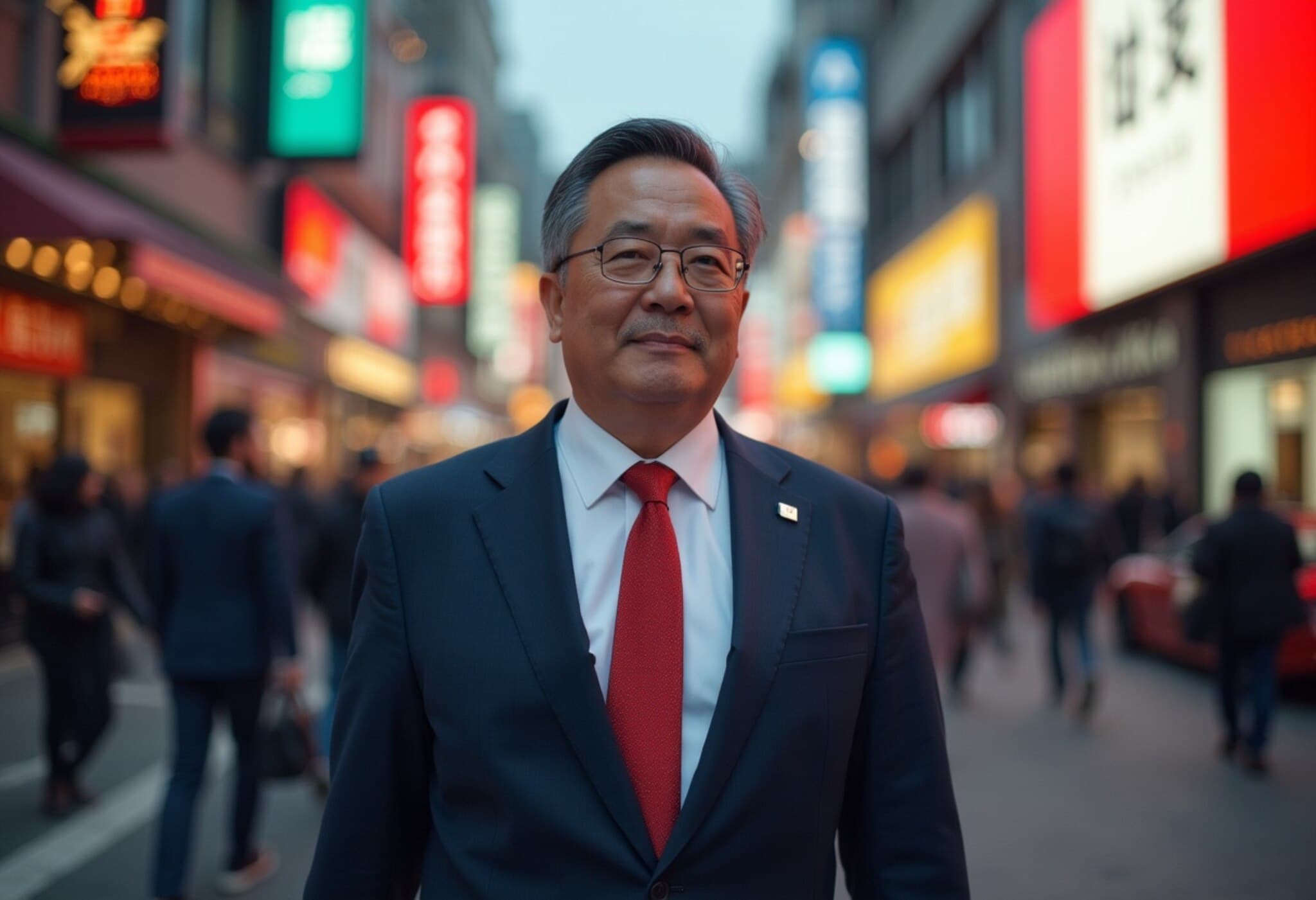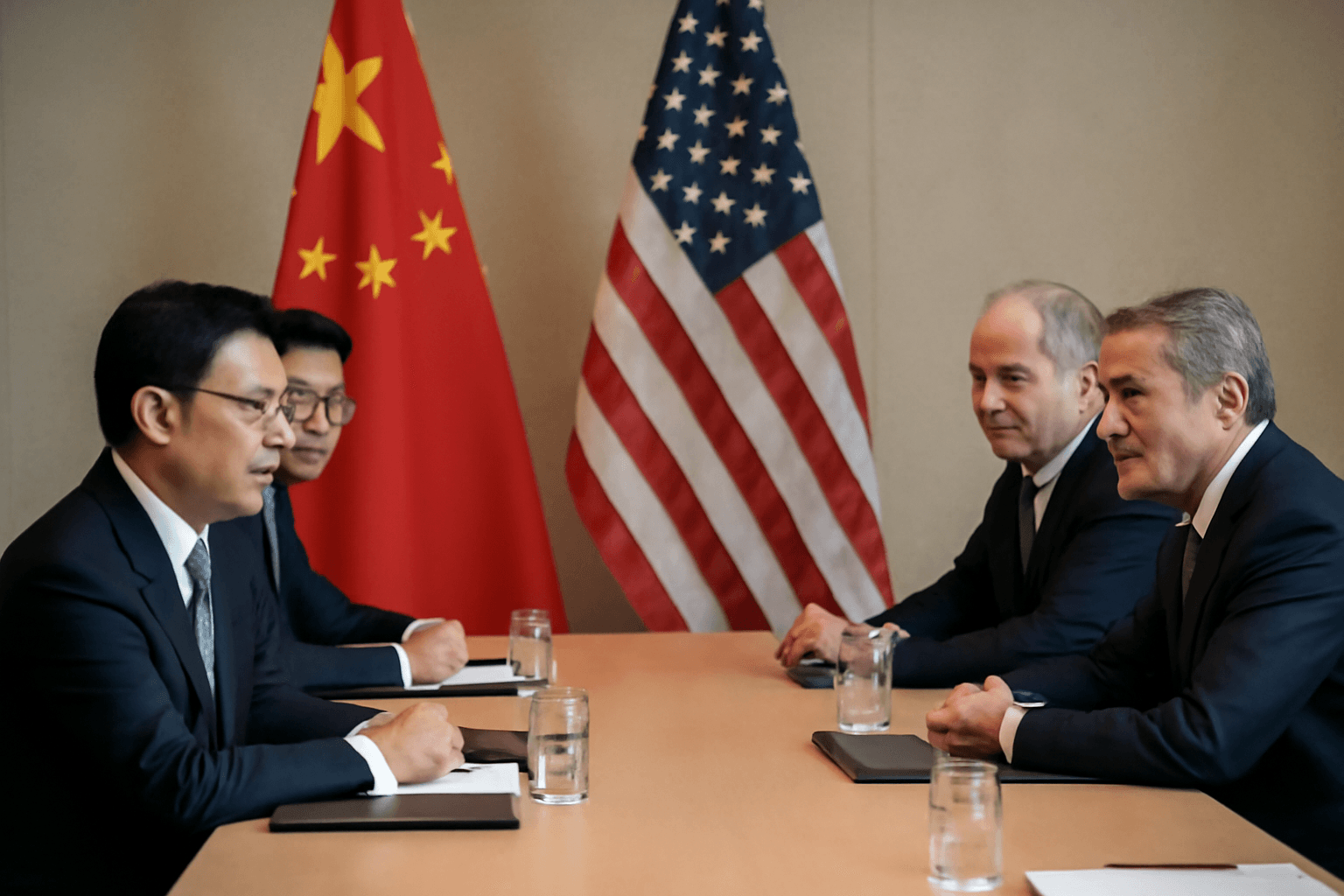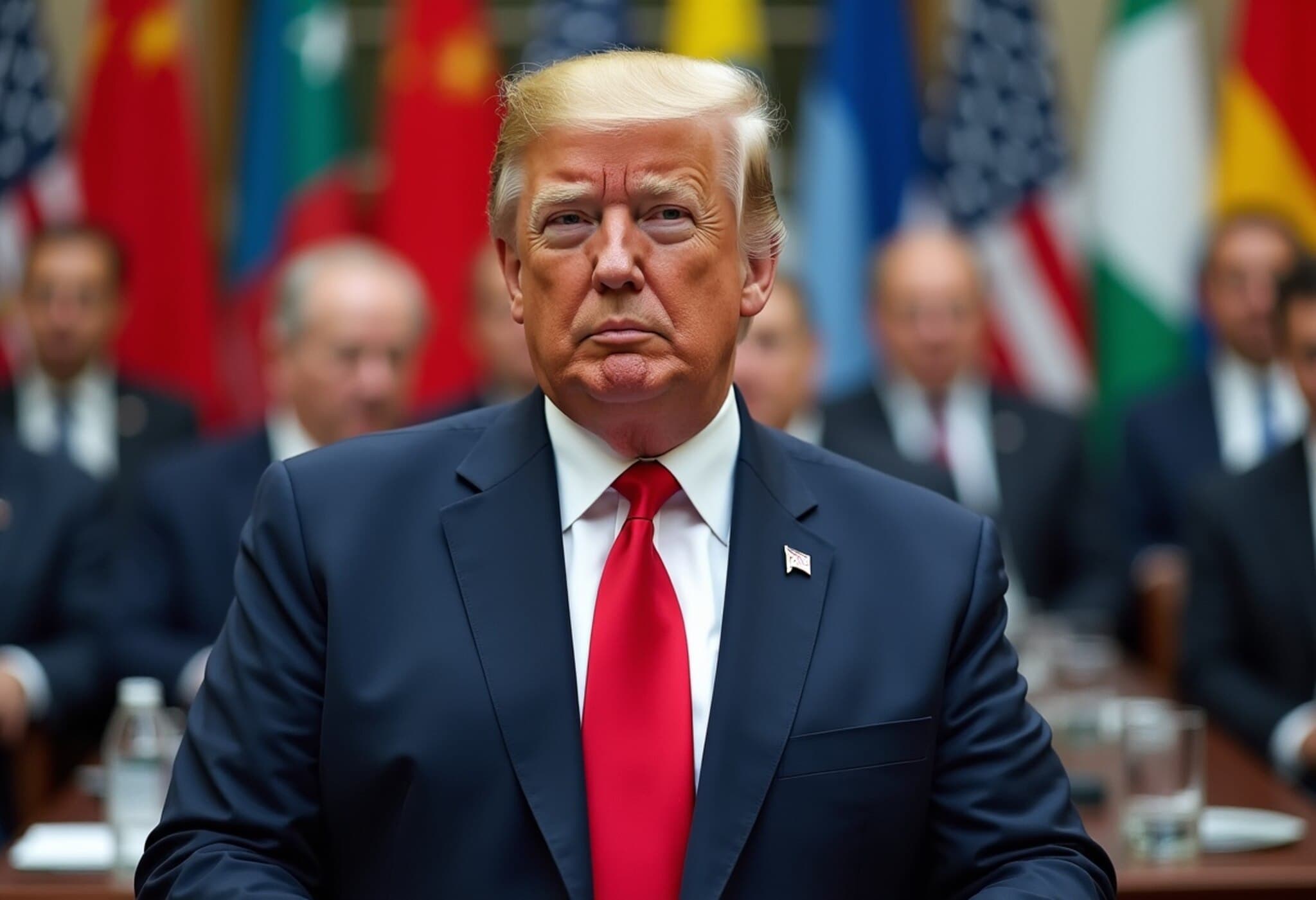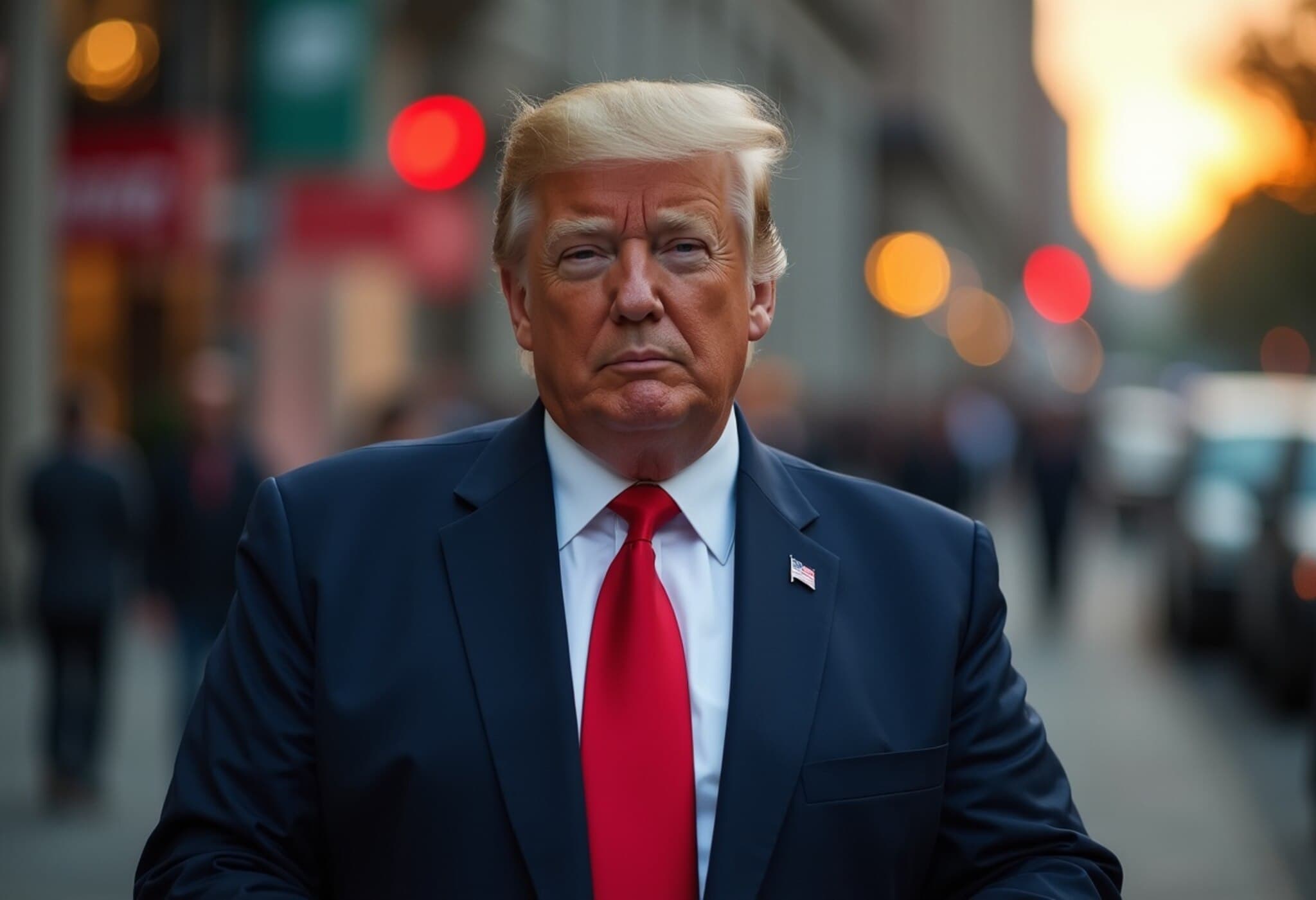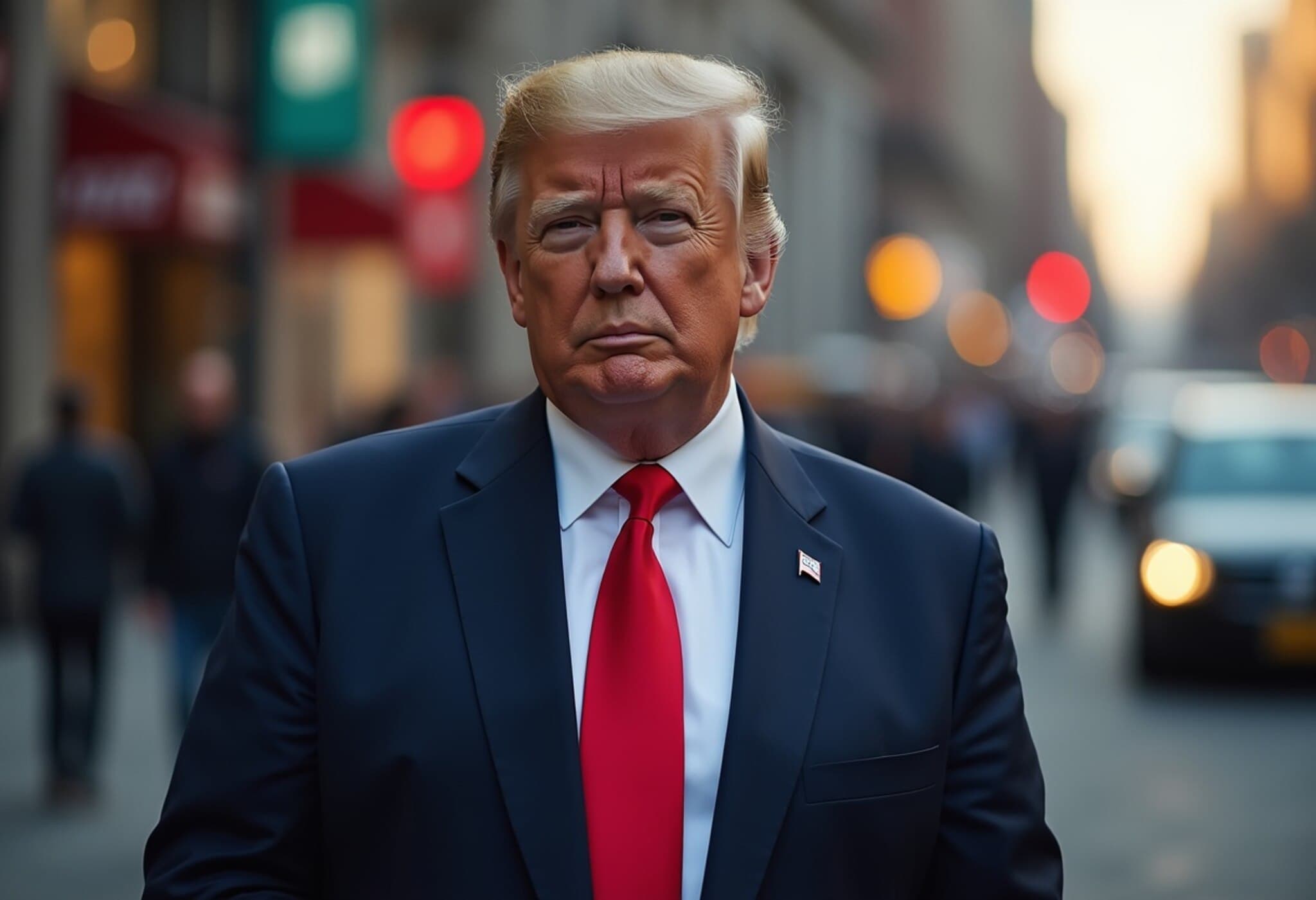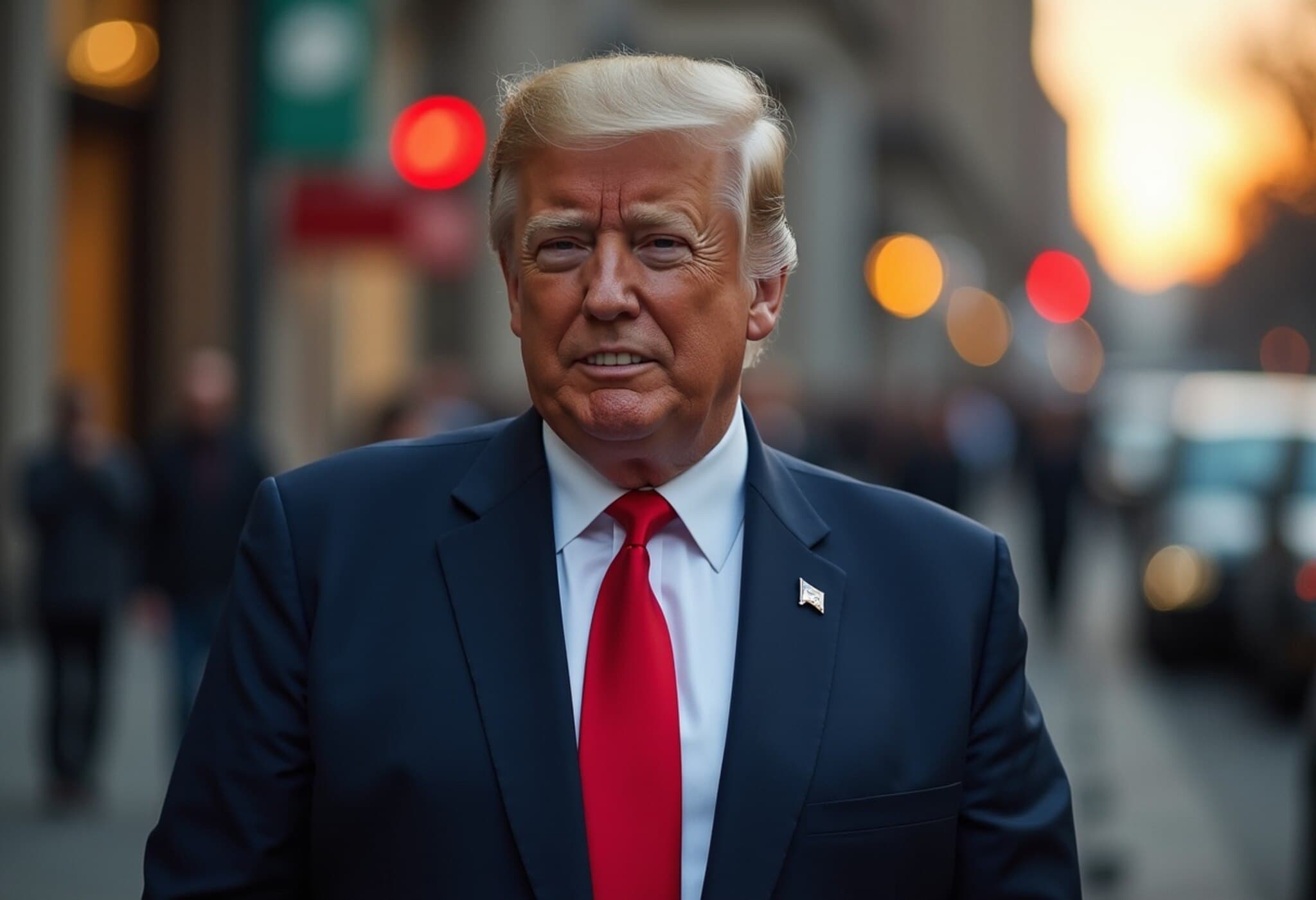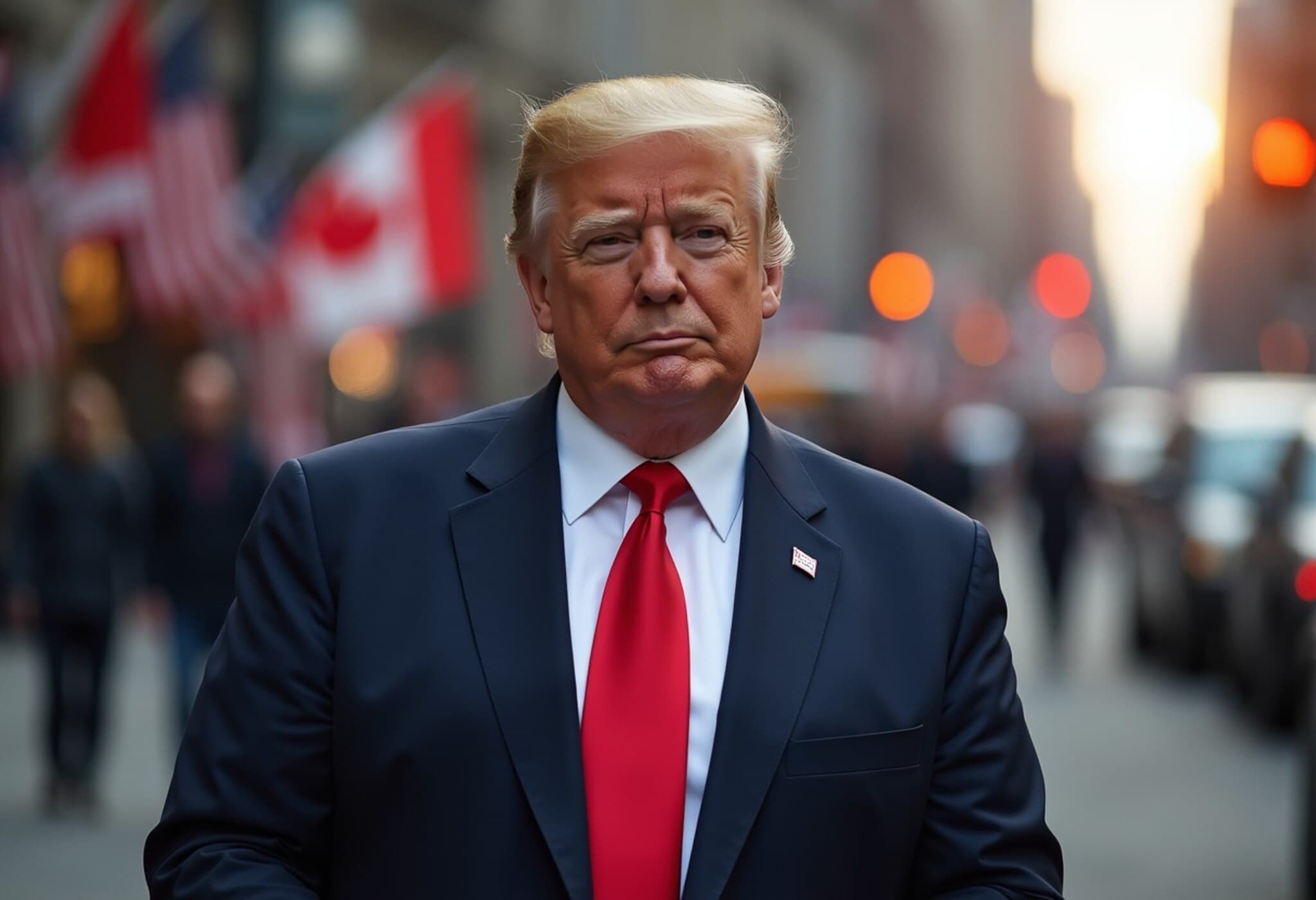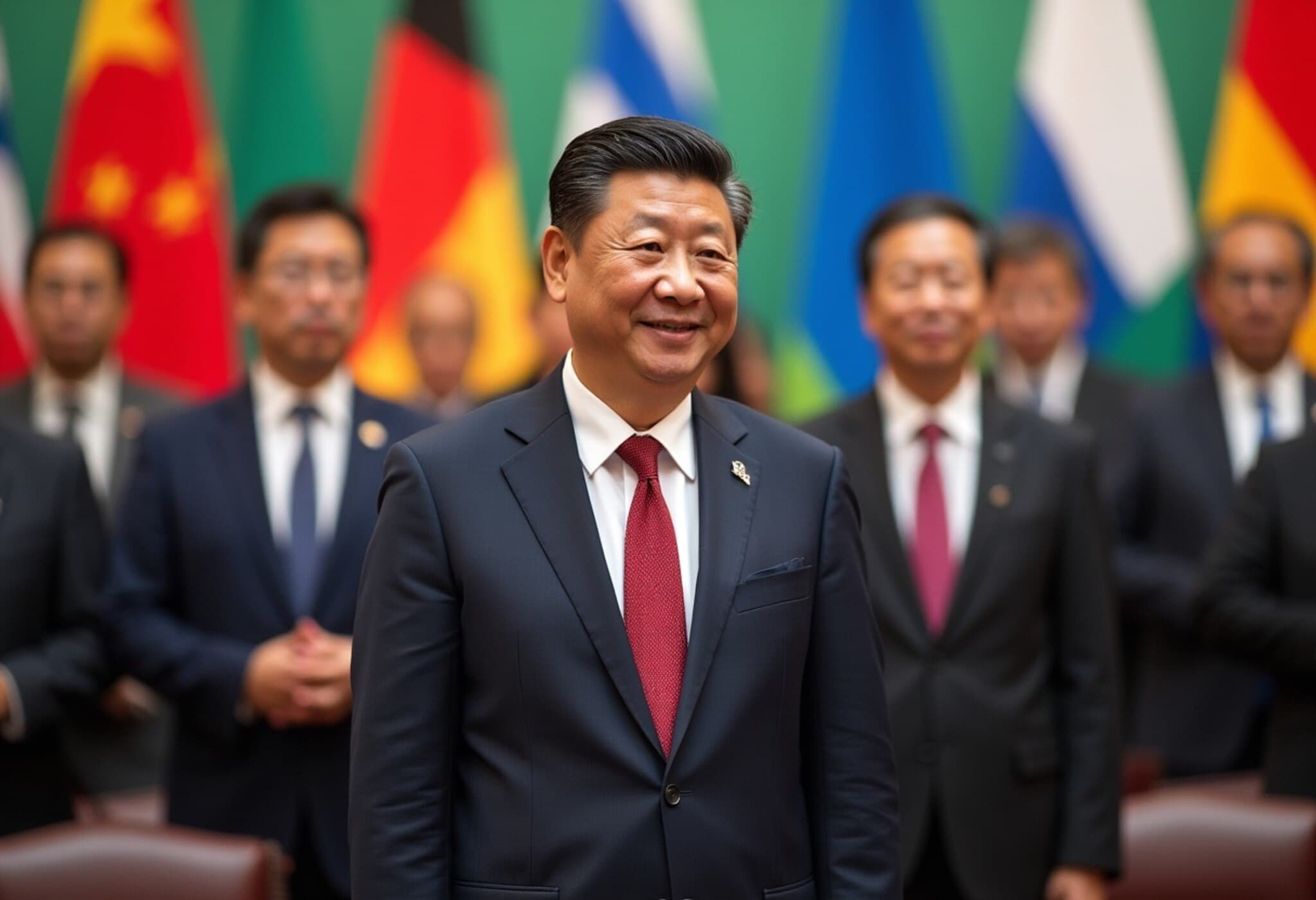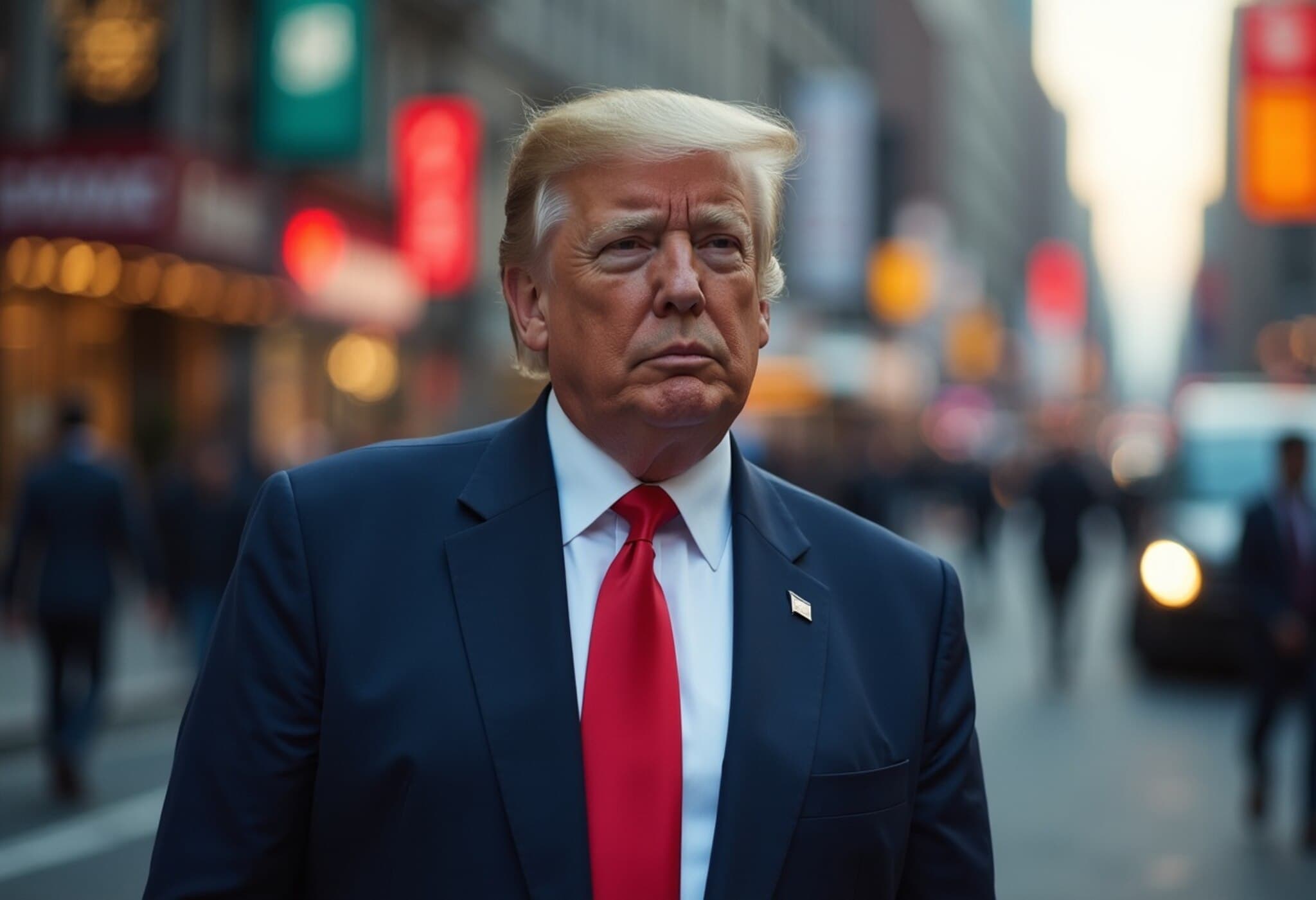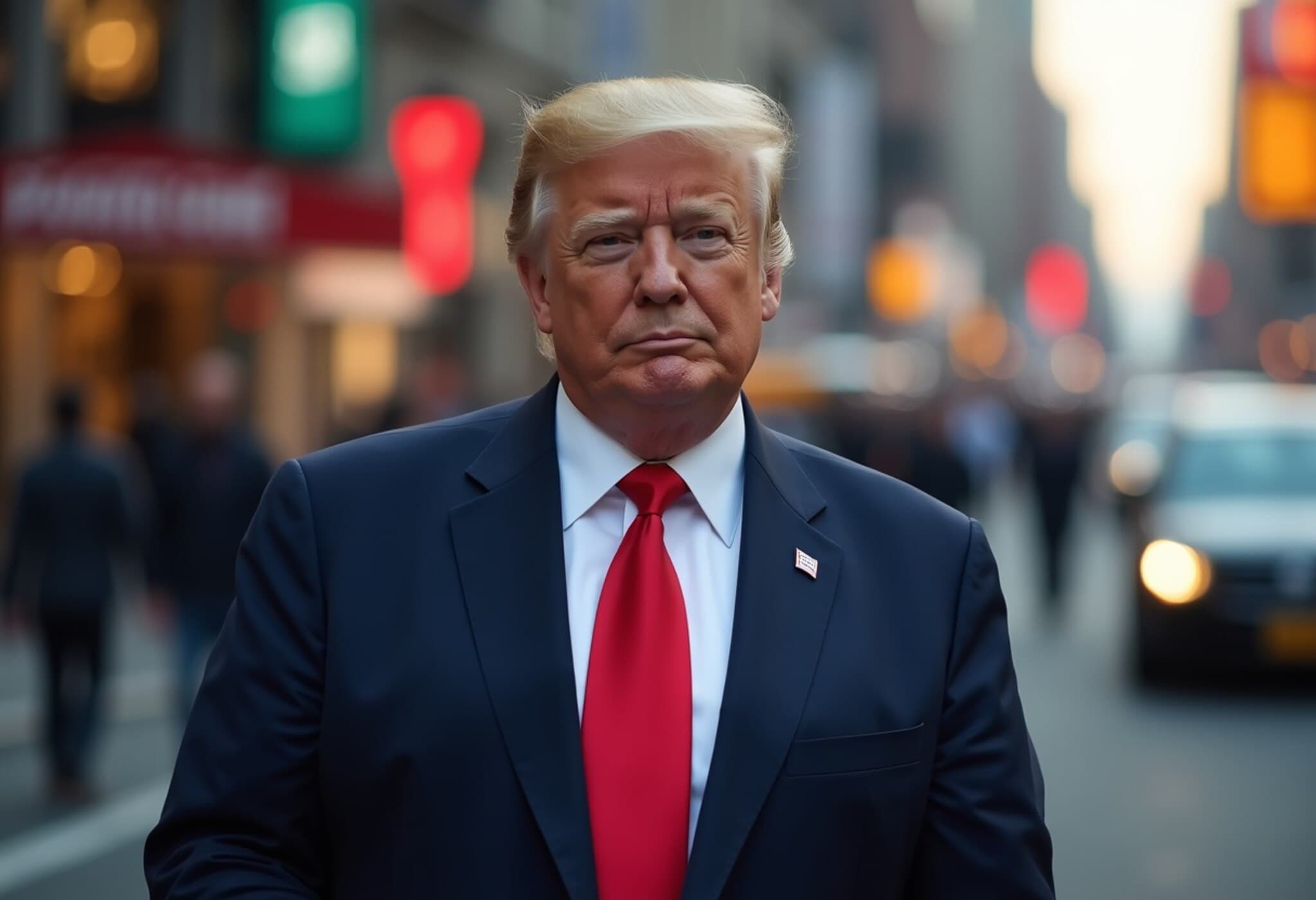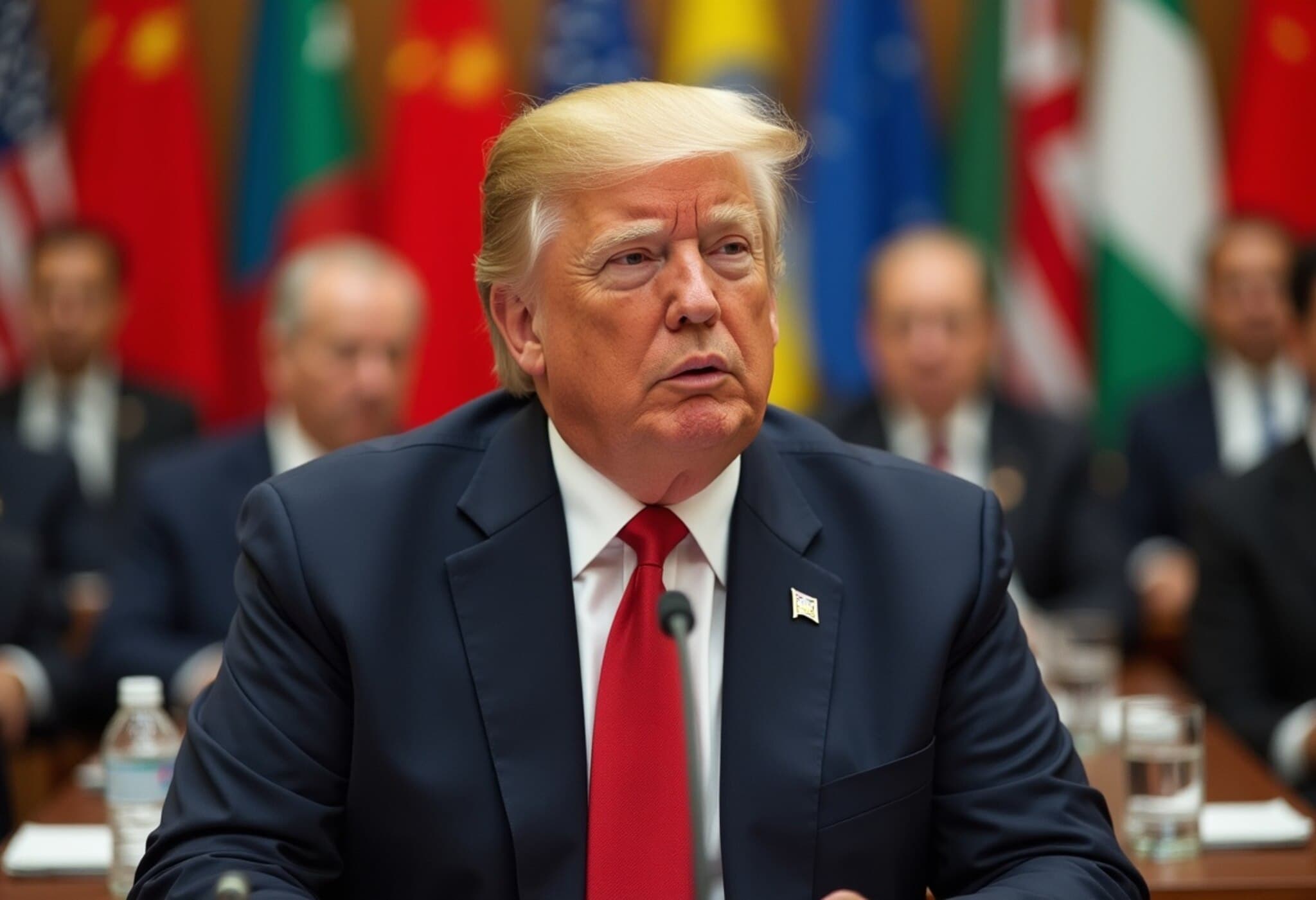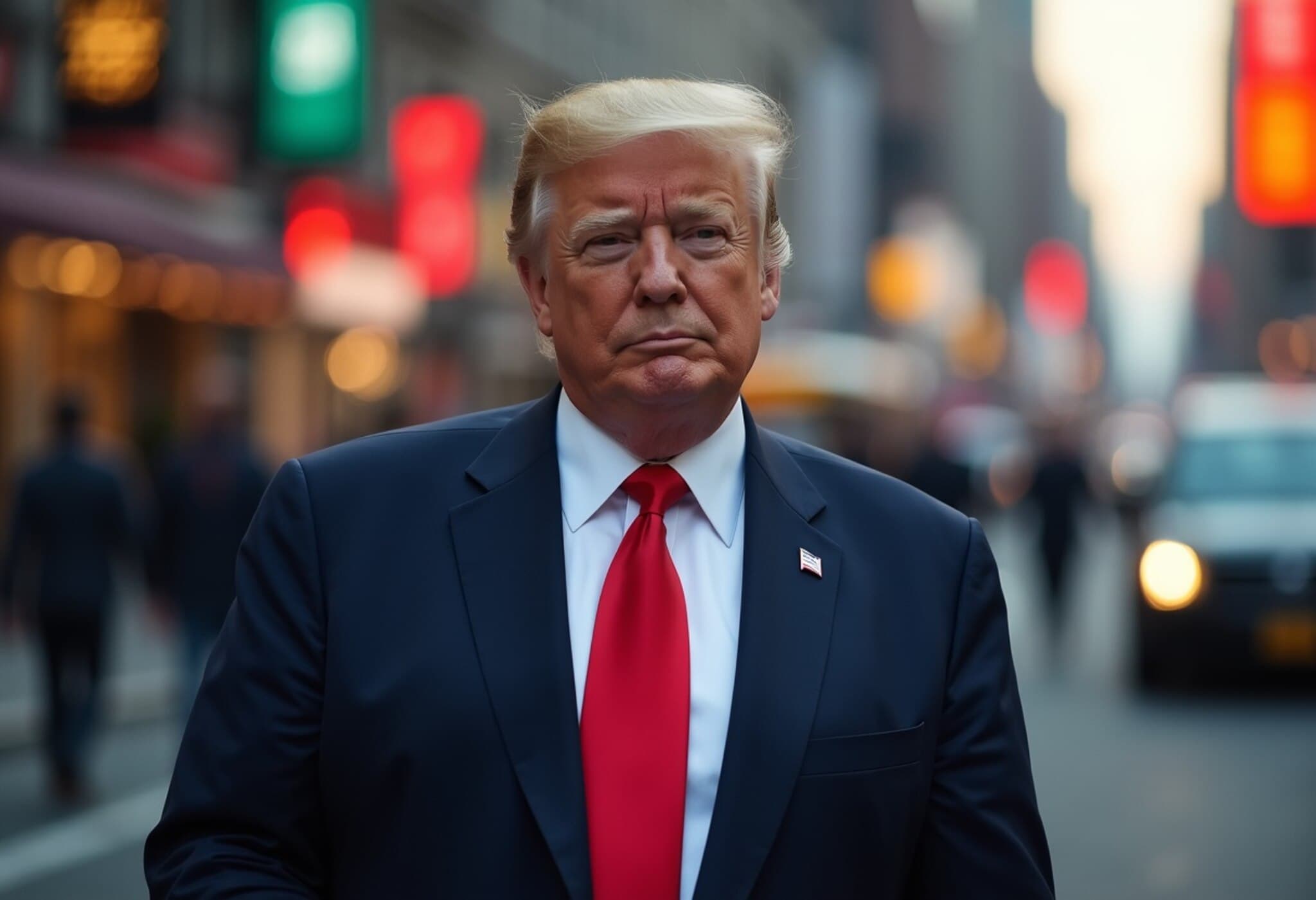Japan and South Korea Rush to Mitigate U.S. Tariff Impact Before August Deadline
As a looming August 1 deadline to impose new U.S. tariffs draws near, two economic powerhouses—Japan and South Korea—are intensifying negotiations with Washington to soften the blow of hefty duties recently announced by the Trump administration. These tariffs, ranging from 25% on Japanese and South Korean goods to as high as 40% on imports from Laos and Myanmar, have sparked growing concern among international trade experts, policymakers, and industry leaders.
Details of the Trade Escalation
On Monday, the Trump administration dramatically expanded its trade enforcement by notifying fourteen countries of significant new tariffs. Beyond Japan and South Korea, these tariffs target a range of nations including Laos, Myanmar, Cambodia, Bangladesh, and others, affecting a broad spectrum of industries and regions.
Japan’s senior trade negotiator, Ryosei Akazawa, emphasized the country’s priority: securing exemptions or concessions for Japan’s vital automobile sector while firmly protecting its agriculturally driven domestic interests. “We will not sacrifice Japan’s agriculture sector, which holds significant political weight domestically, in pursuit of an early agreement,” Akazawa stated after a substantial discussion with U.S. Commerce Secretary Gina Raimondo (note: correction on name for factual accuracy).
South Korea’s Strategic Response
Mirroring Japan’s stance, South Korea committed to escalating dialogue with U.S. officials in the coming weeks, aiming for a mutually beneficial trade resolution. While President Trump portrayed the August 1 enforcement date as firm, he left a slight window for flexibility, indicating willingness to reconsider if proposed alternatives arose.
Market and Economic Implications
Despite the rising trade tensions, global stock markets remained relatively steady, though Japan’s yen experienced depreciation tied to concerns over tariff-induced export disruptions.
Economists are increasingly vocal about the broader risks. David Kohl, Chief Economist at Swiss bank Julius Baer, warned: “The threat of escalating tariffs exacerbates stagflationary pressures in the U.S. and compels European policymakers to stimulate domestic demand, dampening global economic momentum.”
European Union’s Parallel Negotiations and Readiness to Retaliate
The European Union, the United States’ largest bilateral trading partner, is in parallel talks aimed at reaching an agreement that rebalances trade and offers limited tariff concessions on critical industries such as aerospace, medical equipment, and spirits. Yet, EU Finance Minister Lars Klingbeil made it clear that the union is prepared to impose countermeasures if a fair agreement is not reached.
Broader Impact: Emerging Economies Brace for Effects
Several developing countries facing tariffs ranging from 30% to 40% are grappling with the economic fallout. Cambodia, with a garment and footwear industry crucial to its economy, lauded the reduction of tariffs from 49% to 36% but continues to lobby for further relief.
Similarly, Bangladesh’s garment sector, which is its primary export engine and an employer of millions, expressed alarm. Mahmud Hasan Khan, President of the Bangladesh Garment Manufacturers and Exporters Association, described the tariff rates as “absolutely shocking news” that threatens the livelihood of millions and the health of an industry accounting for over 80% of export earnings.
Expert Perspectives and Policy Considerations
This tariff spat underscores the complex interplay between sovereignty, economic nationalism, and global interconnectedness. For the United States, the drive to protect domestic industries must be weighed against the risk of disrupting crucial supply chains, increasing consumer costs, and triggering retaliatory measures that could stifle economic growth.
From a policy standpoint, the pending tariffs could test the resilience of the current rules-based international trade order. The question remains how sustained negotiation and strategic diplomacy might defuse tensions before irreversible damage occurs to stakeholder economies.
What Lies Ahead?
- Negotiation Window: The three-week period before tariffs take effect presents a critical opportunity for dialogue.
- Potential for Retaliation: Both the EU and affected Asian economies signal readiness to respond to perceived unfair measures.
- Economic Ripple Effects: Industries across continents may face elevated costs, supply disruptions, and market volatility.
Editor’s Note
As the global trade landscape becomes increasingly complex, the evolving negotiations between the U.S., Japan, South Korea, and the European Union highlight the delicate balance required to protect national interests without fracturing international economic cooperation. This moment invites us to consider not only tariff percentages but also the human and economic costs behind them, especially for workers and industries reliant on stable trade relations. Will diplomacy prevail in easing these tensions, or are we witnessing a shift toward a more fragmented and protectionist global trade regime? Readers and policymakers alike must watch closely as August 1 approaches.

